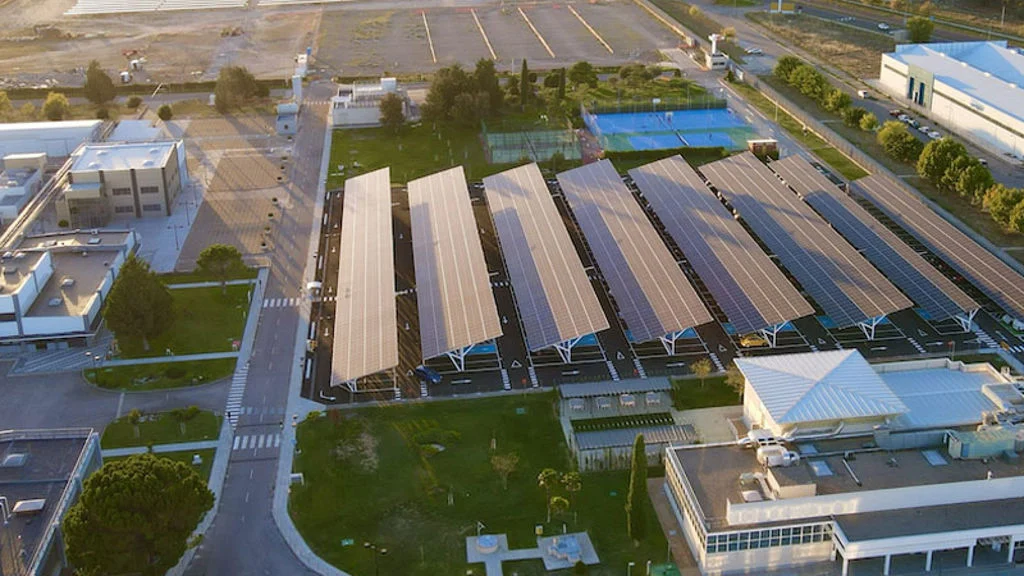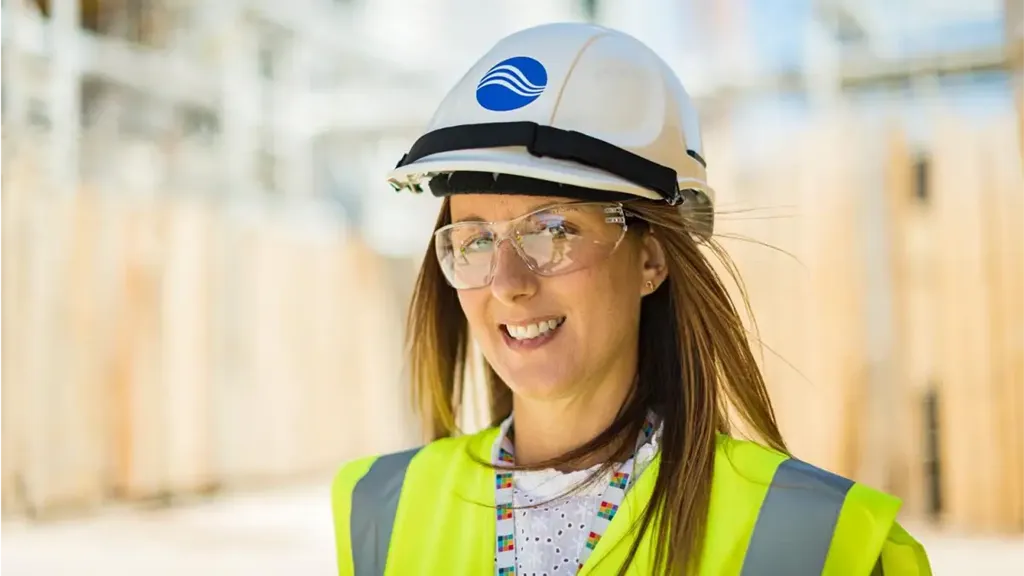We are helping DevelopmentWA turn the 6,400-hectare Oakajee Strategic Industrial Area (SIA) greenfield site into a renewable energy processing and export hub. The site is critical for leveraging Western Australia’s world-class natural resources for manufacturing green products and supporting Australia’s national hydrogen strategy, which drives the state’s position as a significant hydrogen producer and exporter.
Our energy specialists have been advising on this project since 2019, designing future hydrogen planning scenarios, assessing energy yield from wind and solar, reviewing return on investment for developers, upgrading highway infrastructure, and developing a hydrogen waste truck business case for local councils. We are now developing a port masterplan concept, and the industrial site’s primary infrastructure.
Researching development scenarios
The mid-west region of Western Australia has world-class wind resources – averaging speeds of 8.6 metres per second measured over a two-year period – comparable to other high-wind resource areas around the globe.
To understand how the Oakajee SIA can harness this opportunity, we researched development scenarios for a clean energy industry over five, ten and 20-year horizons for high, medium, and low cases for hydrogen development. Each scenario detailed the infrastructure, land size and cost requirements for renewable energy generation, hydrogen production and port planning.
To provide evidence-based planning, over two years, we measured the site’s wind and solar resource data. Working with Fulcrum3D, we deployed a SODAR monitoring unit to capture a record of solar irradiance and wind speed, direction and inflow angle up to 200m above ground level.
Supporting local hydrogen production
To understand the local investment opportunities the new site will bring, we collaborated with DevelopmentWA on the feasibility of fuel-cell electric waste trucks powered by green hydrogen, which could become Australia’s first hydrogen-fuelled waste truck fleet.
The project builds domestic demand for renewable hydrogen in transport, demonstrates viability and supports investment into a local hydrogen production industry.







